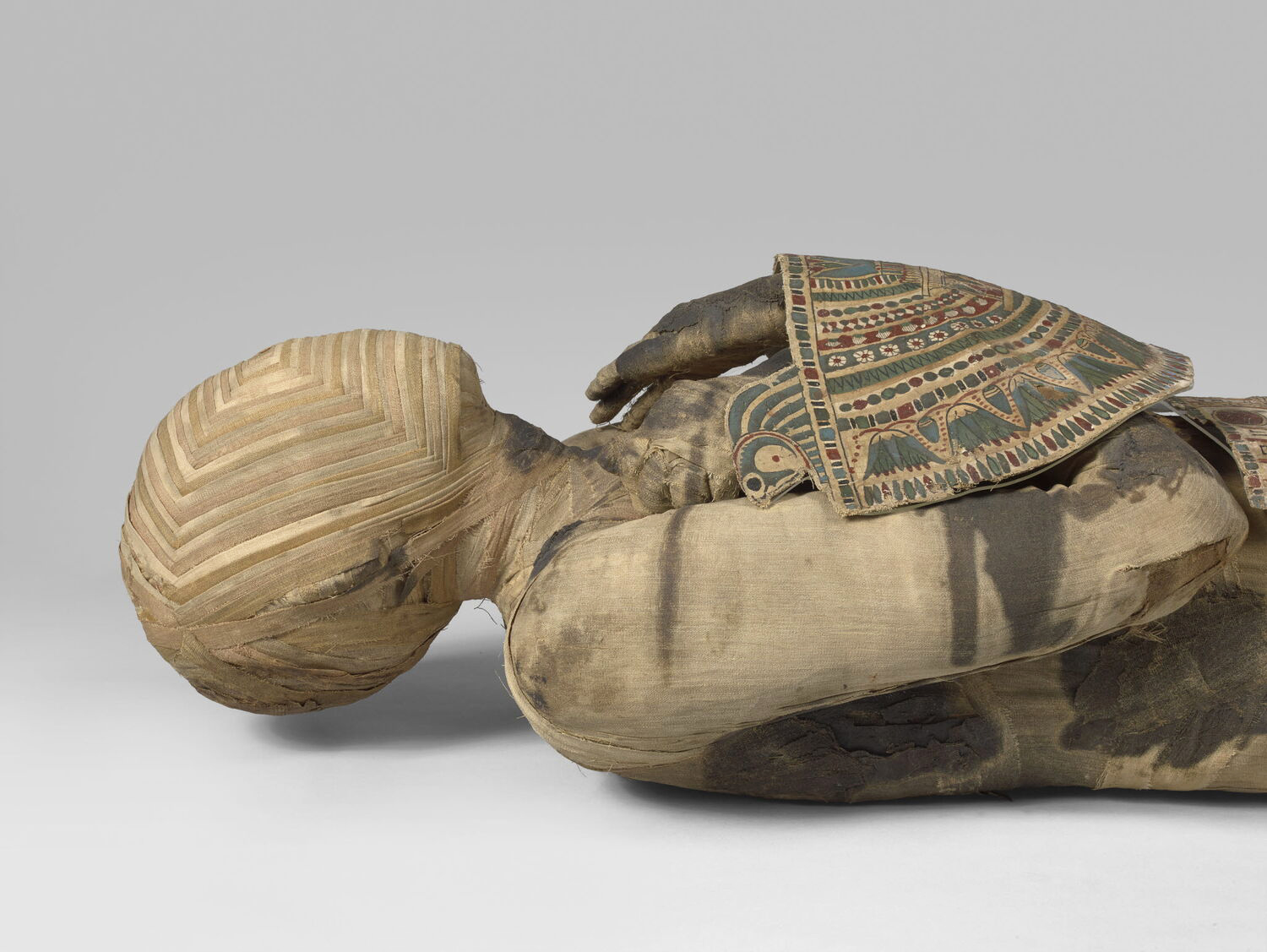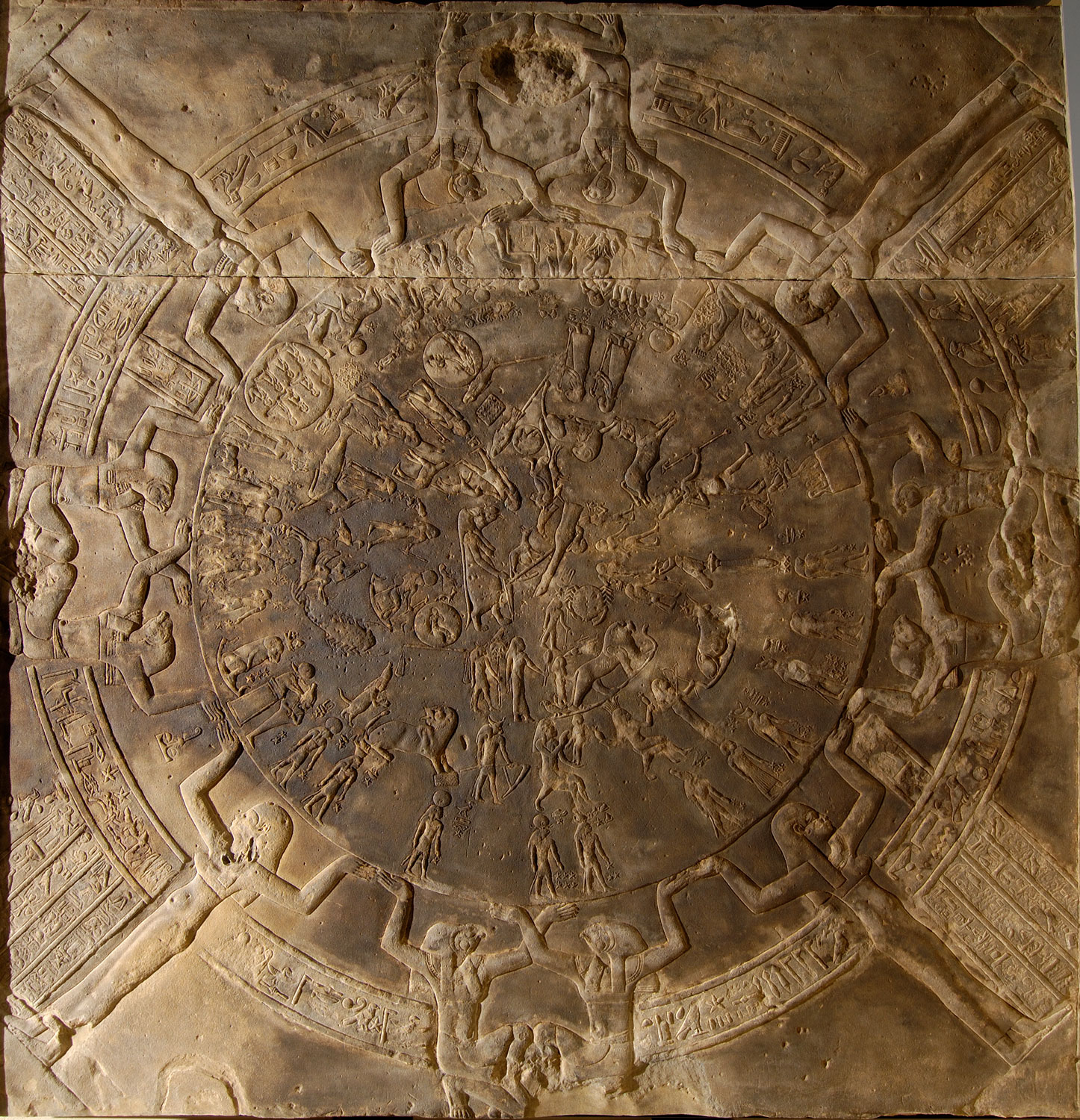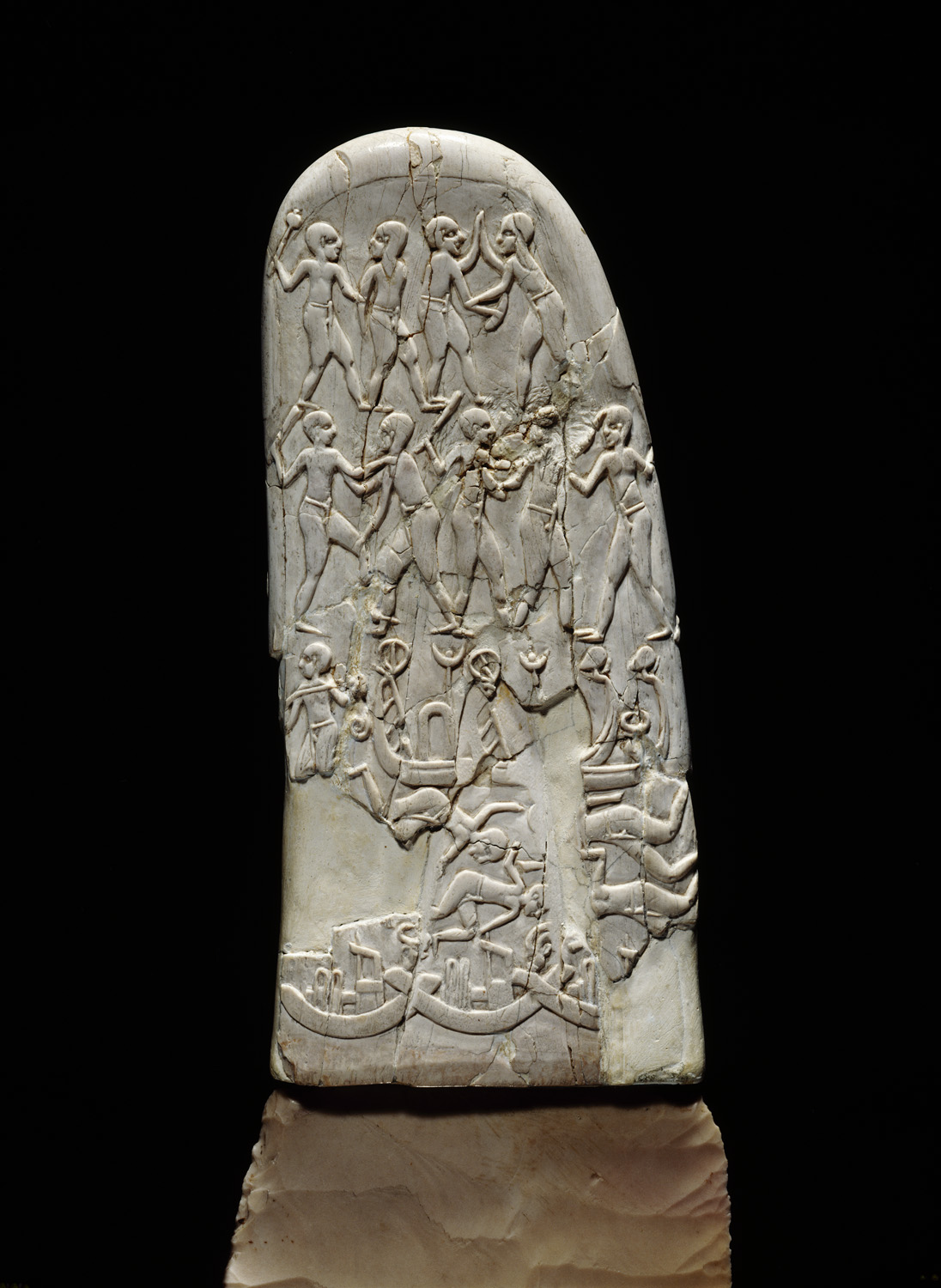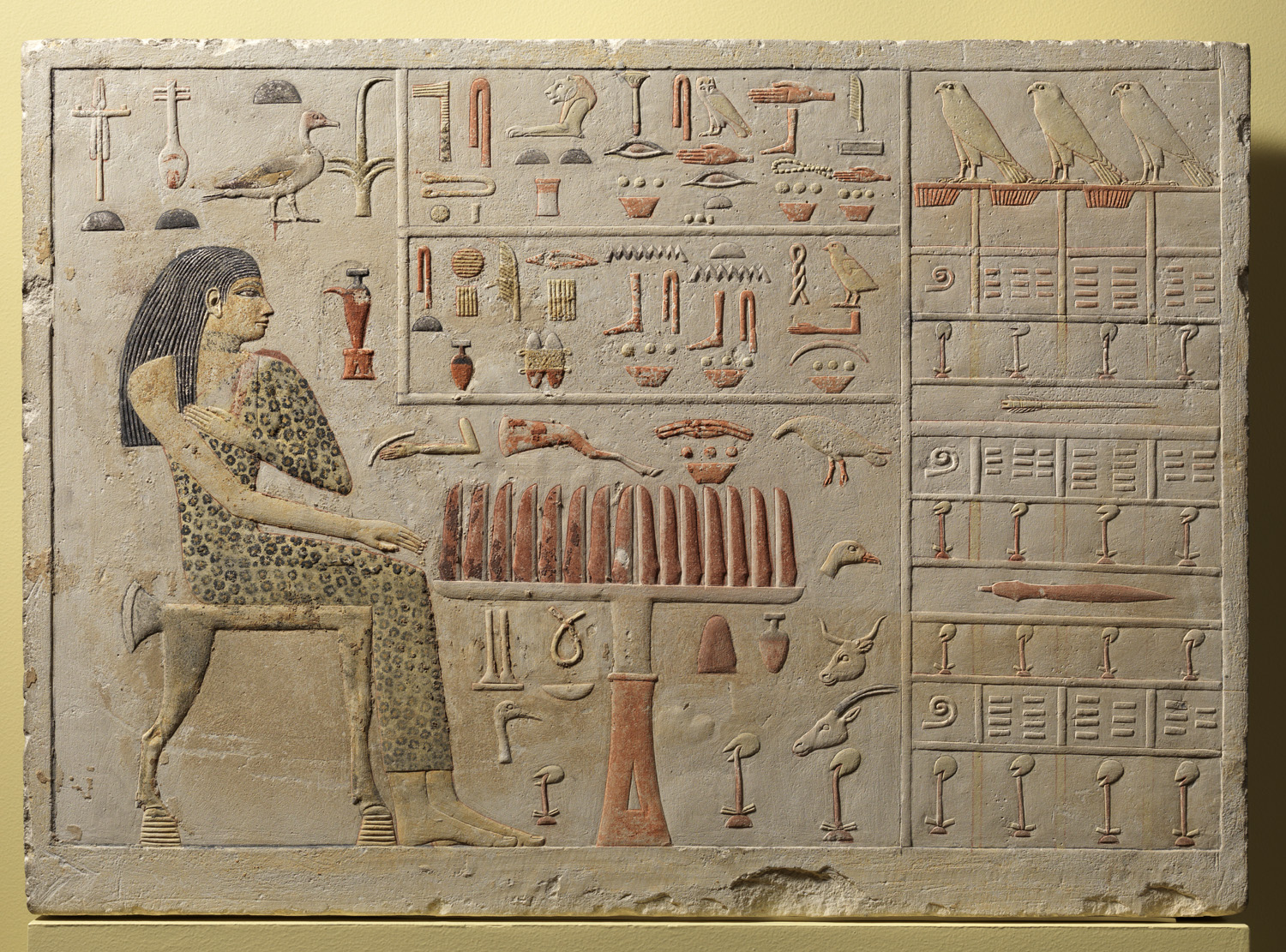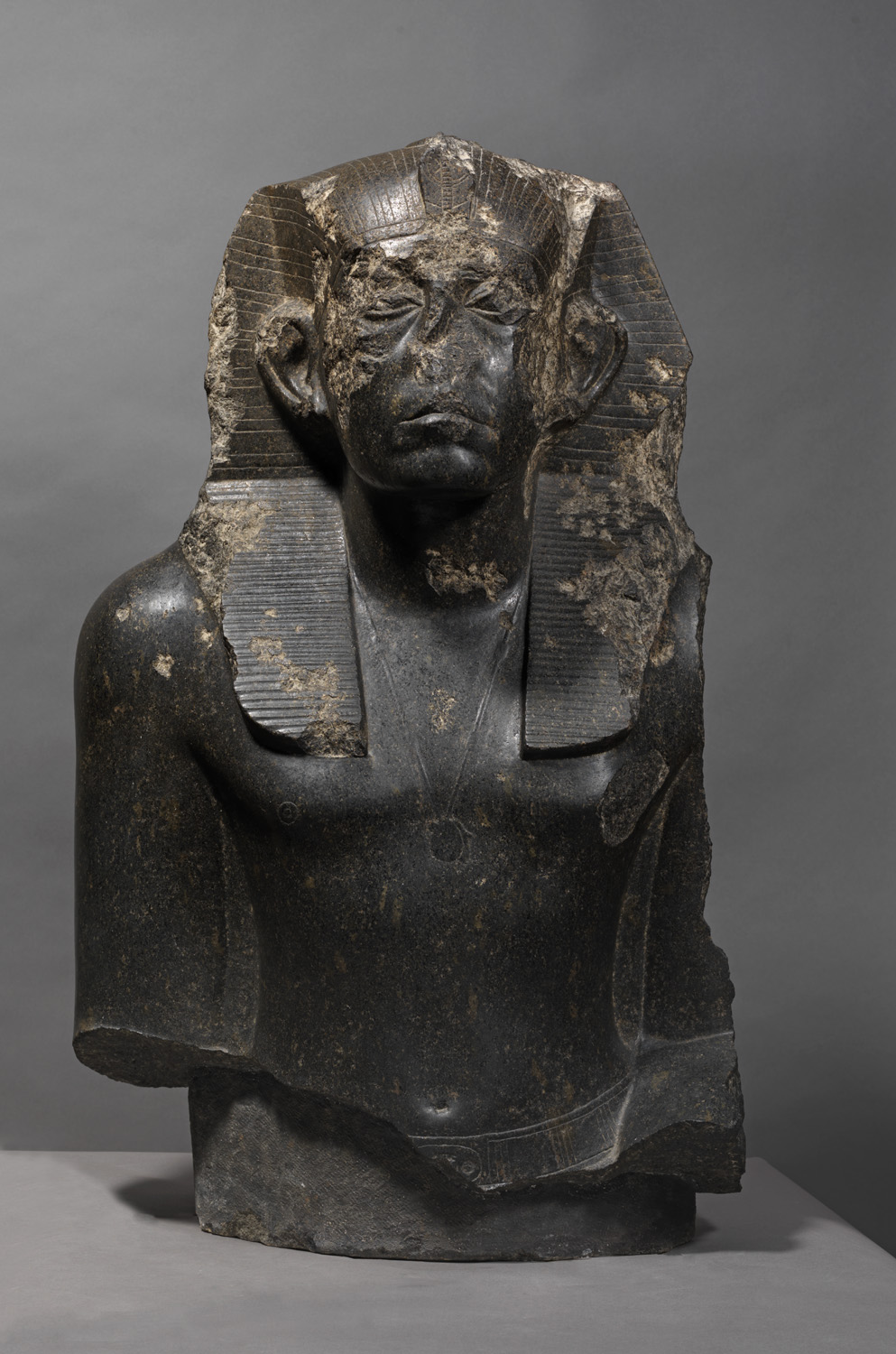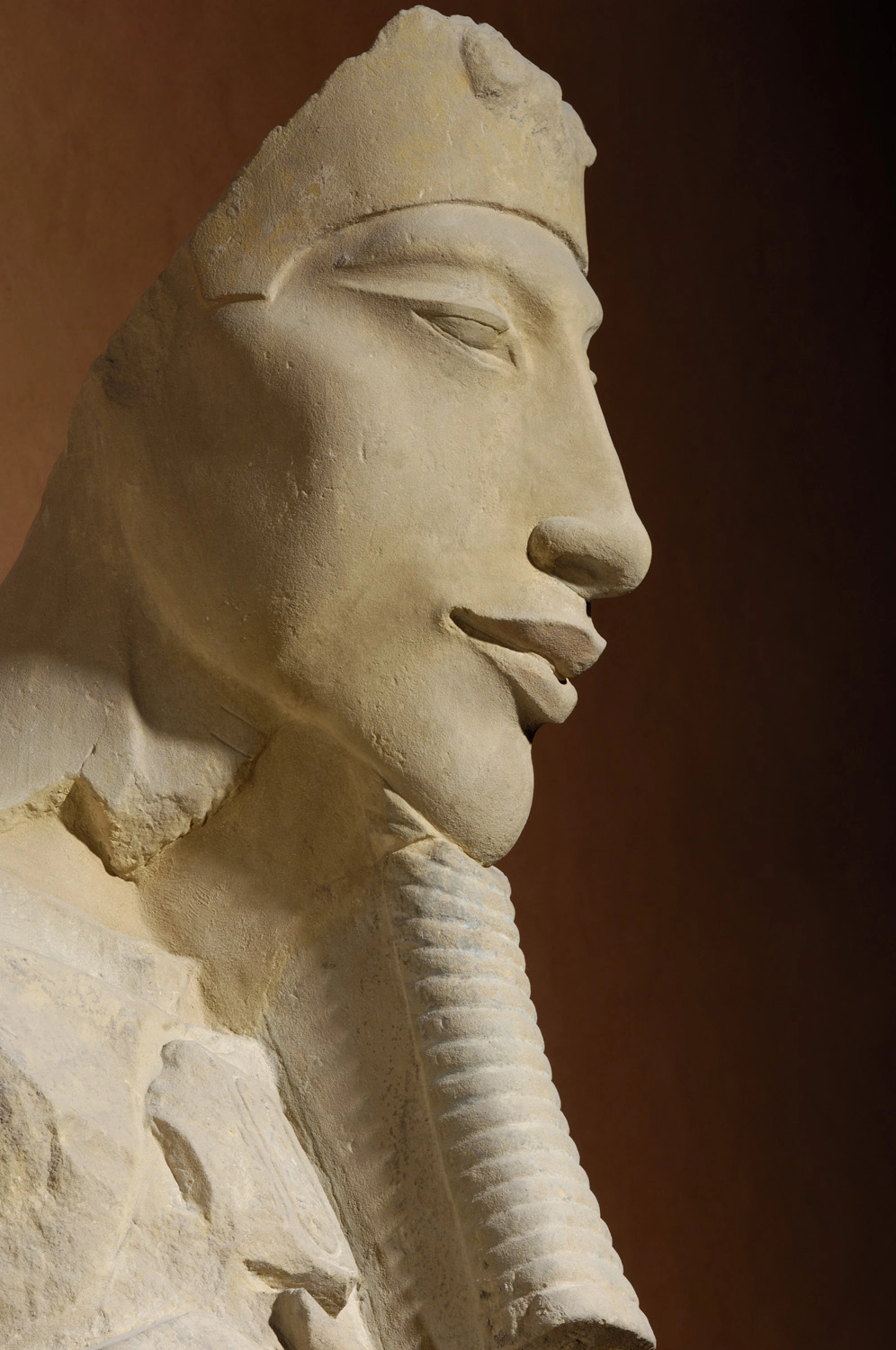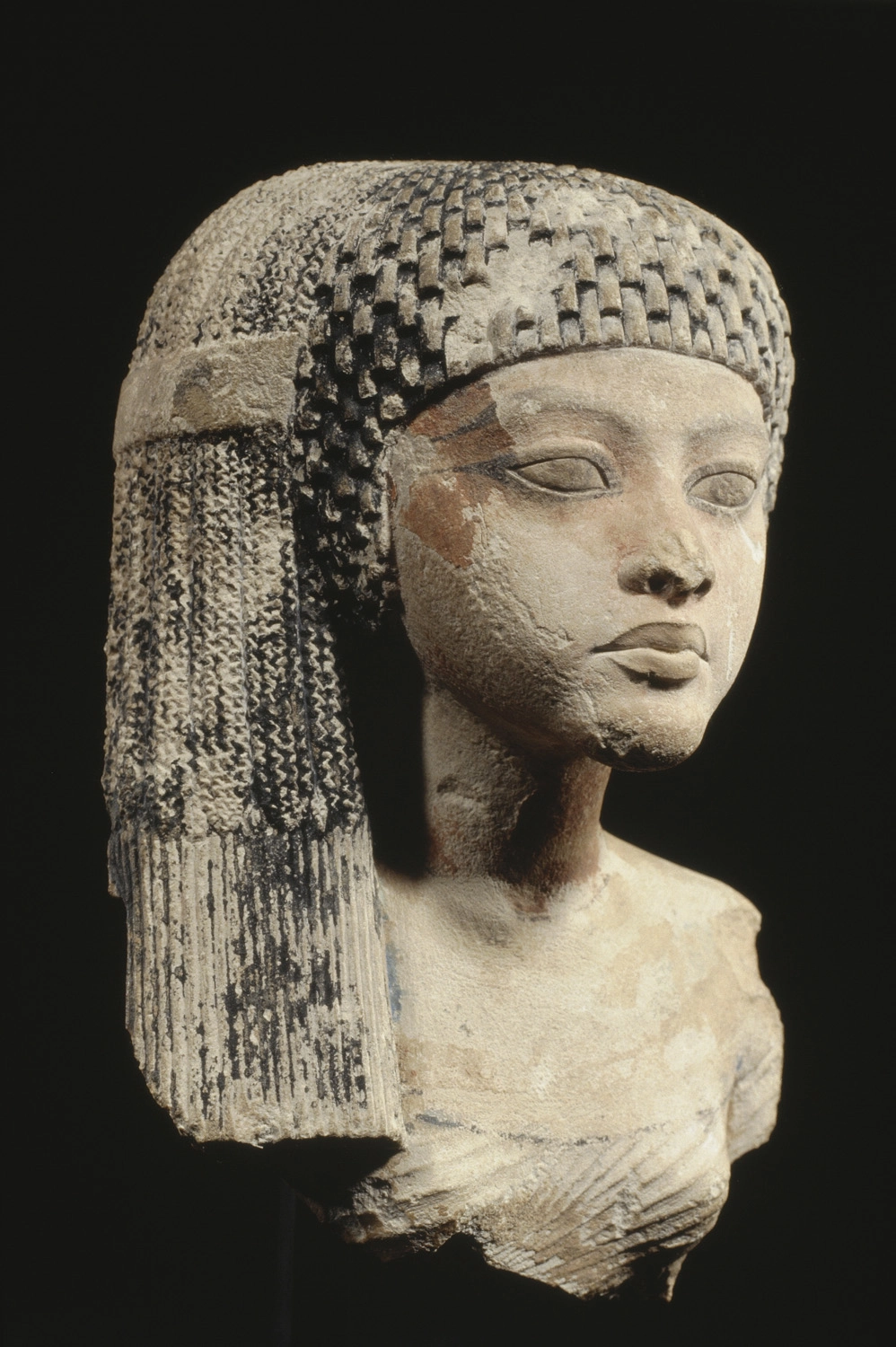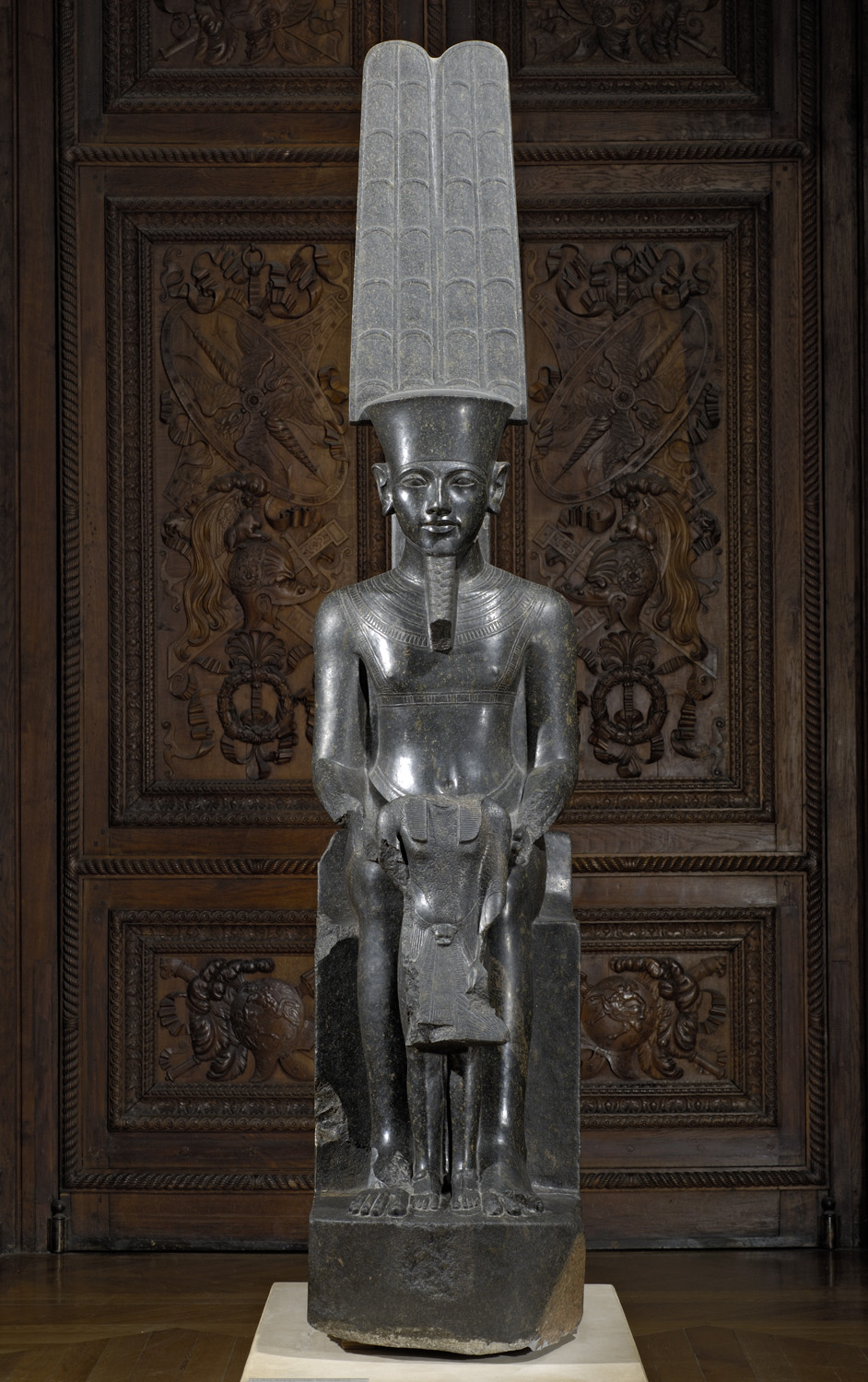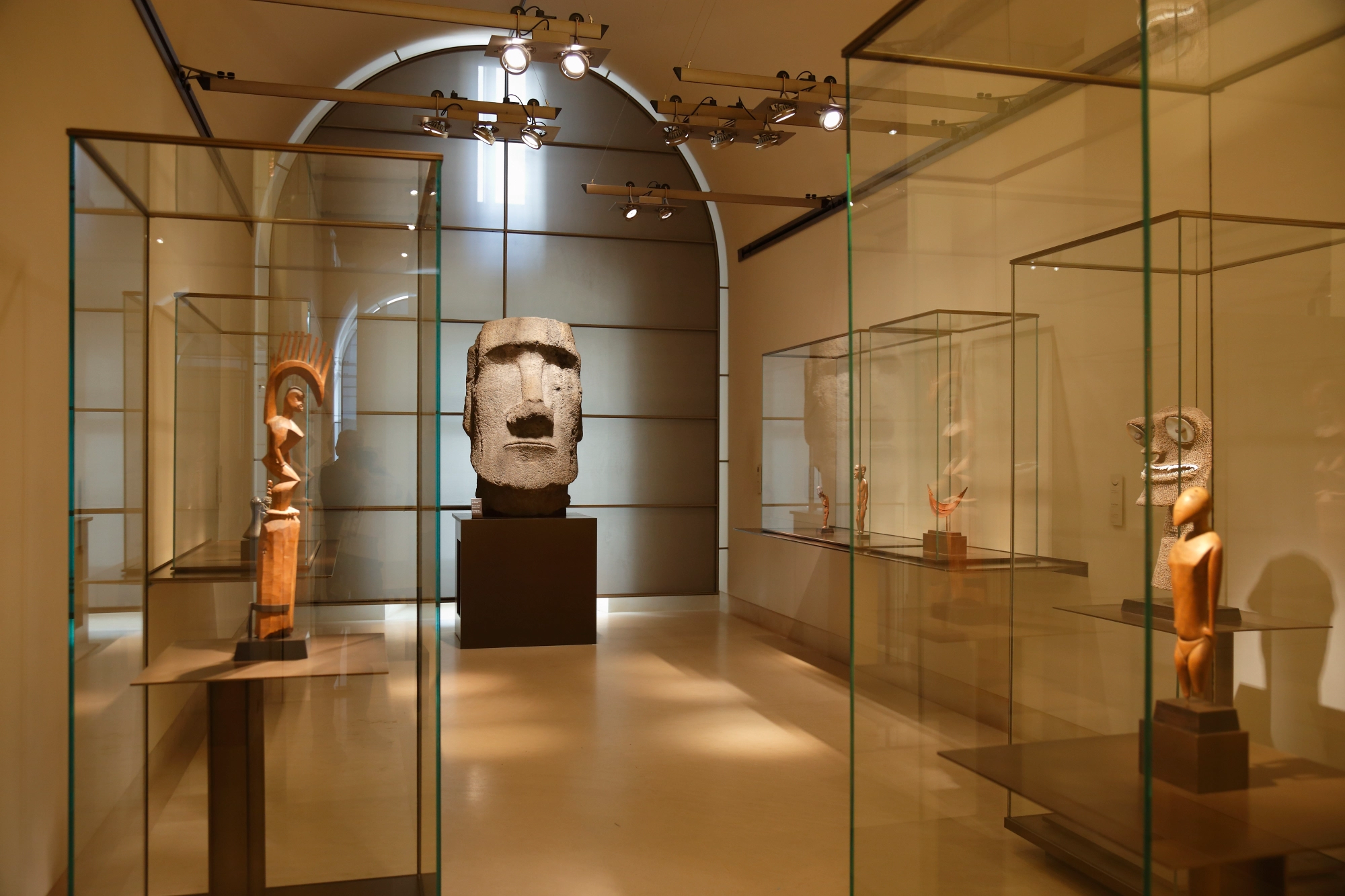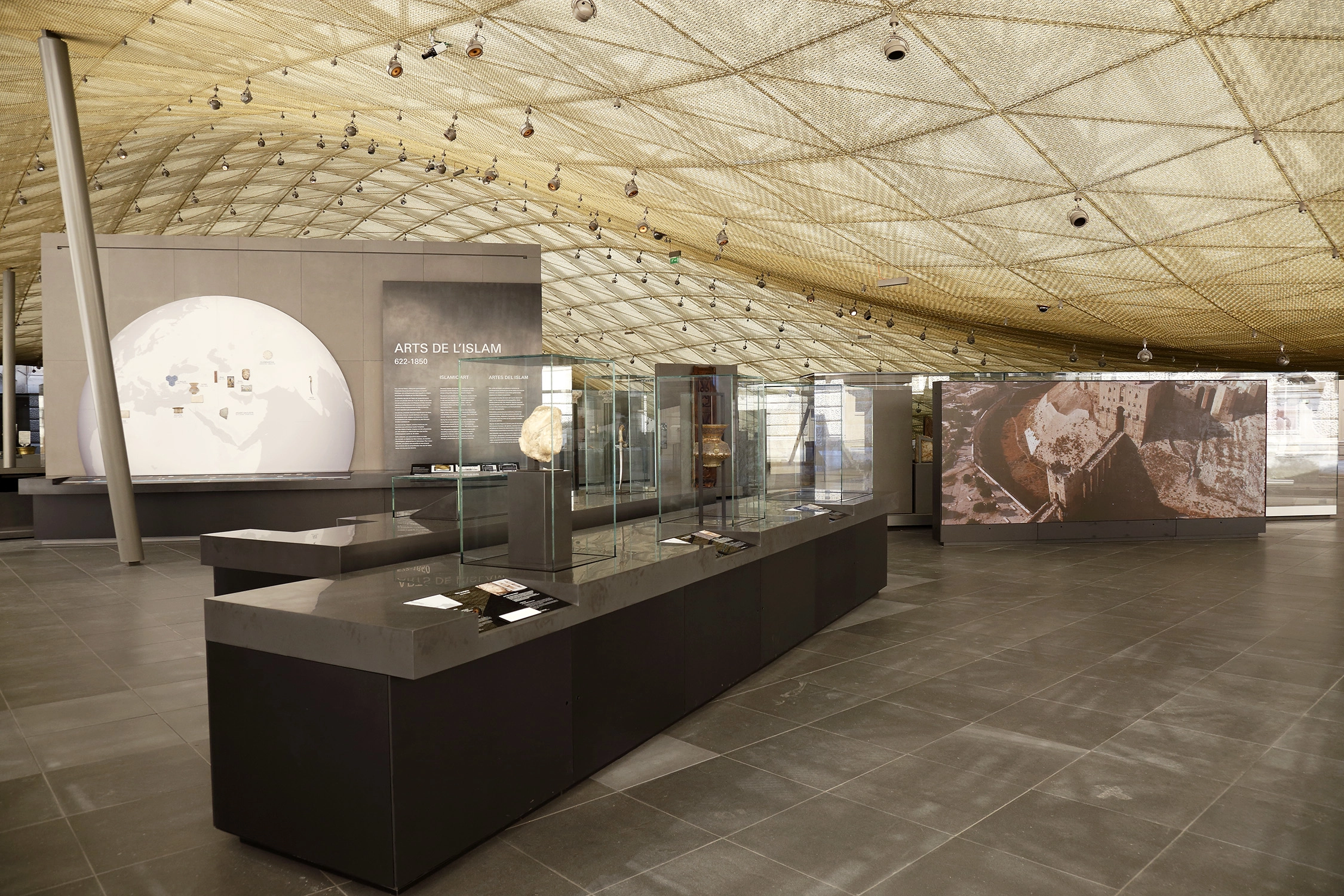The Guardian of Egyptian ArtThe Crypt of the Sphinx
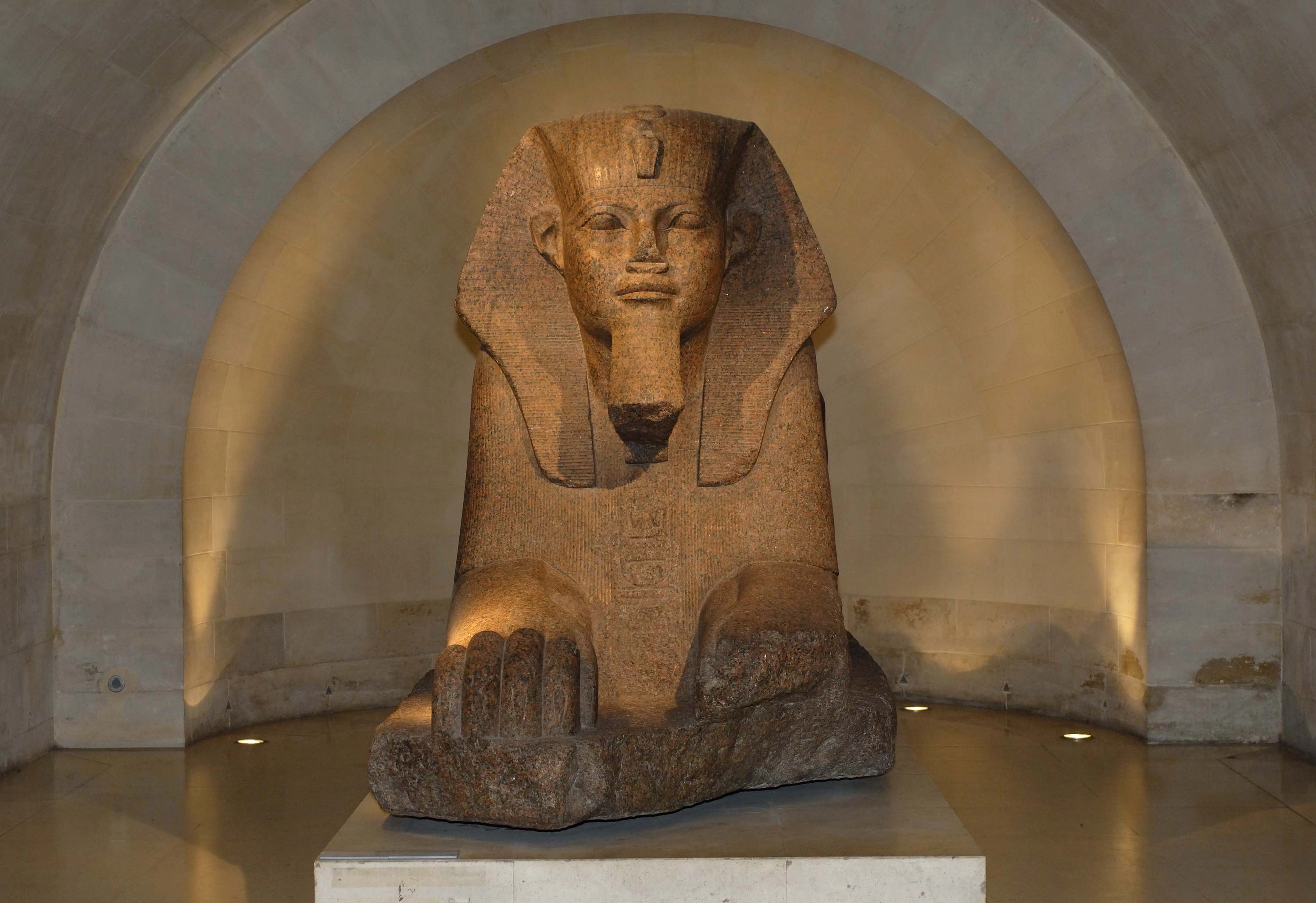
An enigmatic half-human, half-animal creature with the body of a lion and the face of a king stands guard at the entrance to the Louvre’s Department of Egyptian Antiquities. Deep down in the crypt, the Great Sphinx of Tanis welcomes visitors to a vast display of over 6,000 works spanning almost 5,000 years of Egyptian history.
Champollion at the Louvre
The first Egyptian museum, comprising four rooms, opened at the Louvre in 1827. Jean-François Champollion, the French scholar who deciphered Egyptian hieroglyphs in 1822, founded and directed this museum with a view to spreading knowledge of this mysterious civilisation that had long fascinated Europeans. The science of Egyptology was born and the museum’s collection expanded rapidly, thanks in particular to an agreement with the Egyptian government to divide excavation finds. The collection owned by the Musée Charles X has long since extended beyond its borders; the Department of Egyptian Antiquities occupies two levels in today’s Louvre.

Life in ancient Egypt
The first rooms introduce the main characteristics of ancient Egyptian civilisation, beginning with the Nile and its annual flood, which ensured plentiful crops. Monumental Egyptian architecture is represented by the ‘mastaba’ tomb of Akhethotep. The visit continues with a room devoted to hieroglyphs, then moves on to daily life in ancient Egypt, illustrated by artefacts, furniture, clothing and jewellery. The temple room and the collection of sarcophagi recall the importance the ancient Egyptians attached to religion and funerary practices.

5,000 years of history
The displays on Level 1 take a historical and artistic approach with an overview of almost 5,000 years of Egyptian art. Highlights include the famous Seated Scribe with his bright-eyed gaze, and the statues of kings and queens including Sesostris III, Ahmose Nefertari, Hatshepsut, Amenophis III, Nefertiti, Akhenaton and Ramesses II.
Ancient Egyptian masterpieces
In today’s Louvre, the Department of Egyptian Antiquities occupies two floors. On the lower level, you will find a themed display on daily lives of Ancient Egyptians and on the upper level, you will find a chronological display on Ancient Egypt, from prehistory to the Ptolemaic Period.

Great Sphinx of Tanis
1 sur 16
Did you know?
Inside a mastaba tomb
The mere mention of Tutankhamun conjures up the almost mystical aura surrounding the discovery of ancient Egyptian tombs! Our present knowledge of ancient Egypt is primarily derived from the study of those tombs and of their decoration and furnishings. During the Old Kingdom (2700–2200 BC), members of the king’s circle were entitled to be buried in an elaborate mastaba – a massive structure built over a shaft leading down to an underground chamber, where the mummy of the deceased lay in a sarcophagus. The superstructure above the shaft contained a funerary chapel, where offerings were made to the deceased.
The mastaba of Akhethotep was purchased from the Egyptian government in 1903 and reconstructed in the Louvre, stone by stone. The chapel decoration features painted low-relief carvings with hieroglyphic inscriptions – a treasure trove of information on daily life in ancient Egypt, plants and animals, rural life in the Nile valley and farm work throughout the year!
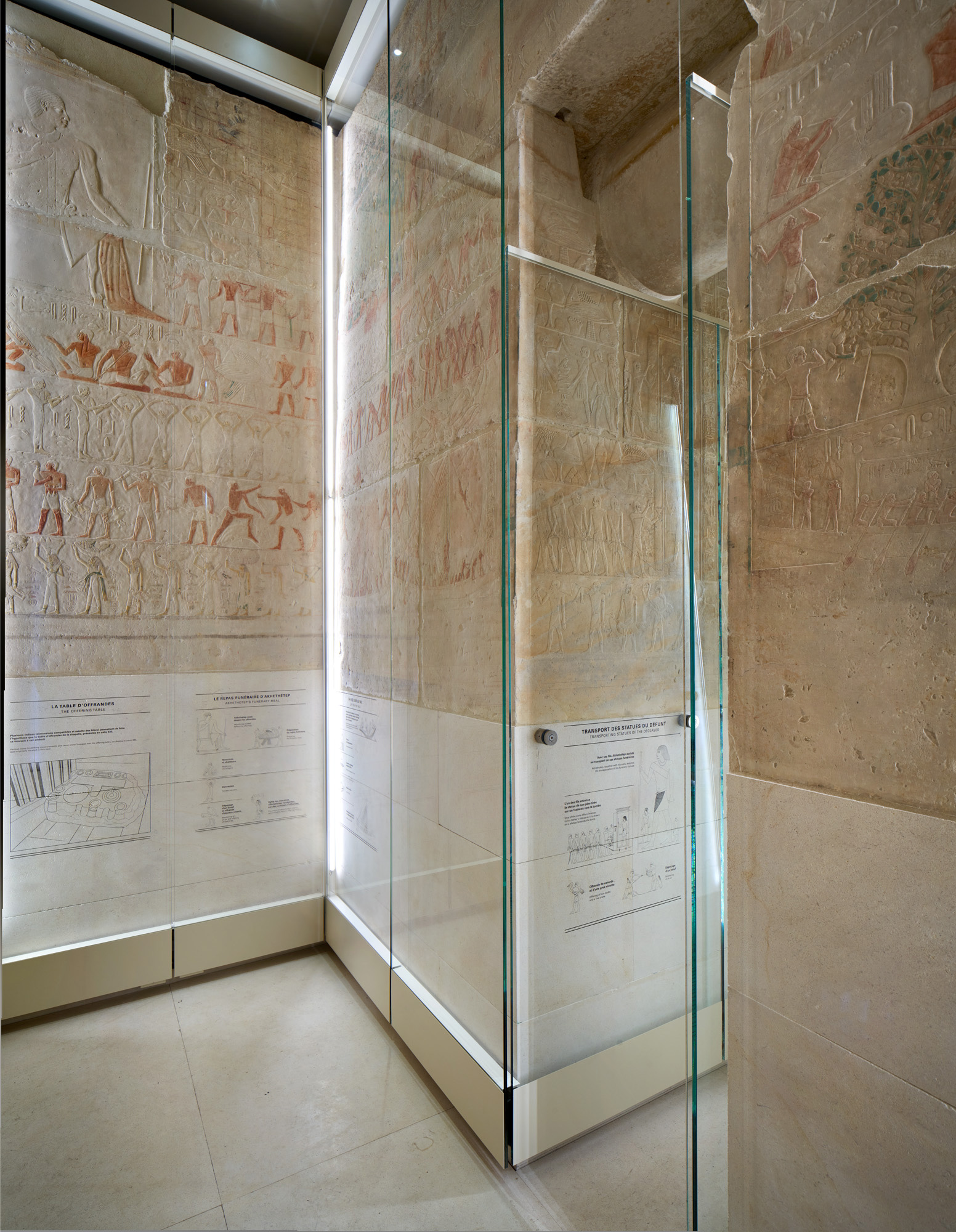
Did you know?
A celebrity scribe
The cross-legged figure known as the ‘Seated Scribe’ and depicted in the process of writing is a masterpiece of Egyptian art. The exceptional quality of the statue indicates that it represented a high dignitary. The Scribe’s fame is due in great part to his compelling gaze: his eyes are inlaid with rock crystal and seem to sparkle with life. Come and see for yourself: if you keep your eye on him as you walk around the display case, you’ll get a sense that he’s watching you too!

More to explore

A Royal Setting for Egyptian Antiquities
The Musée Charles X

The Palace of Sargon II
The Cour Khorsabad



